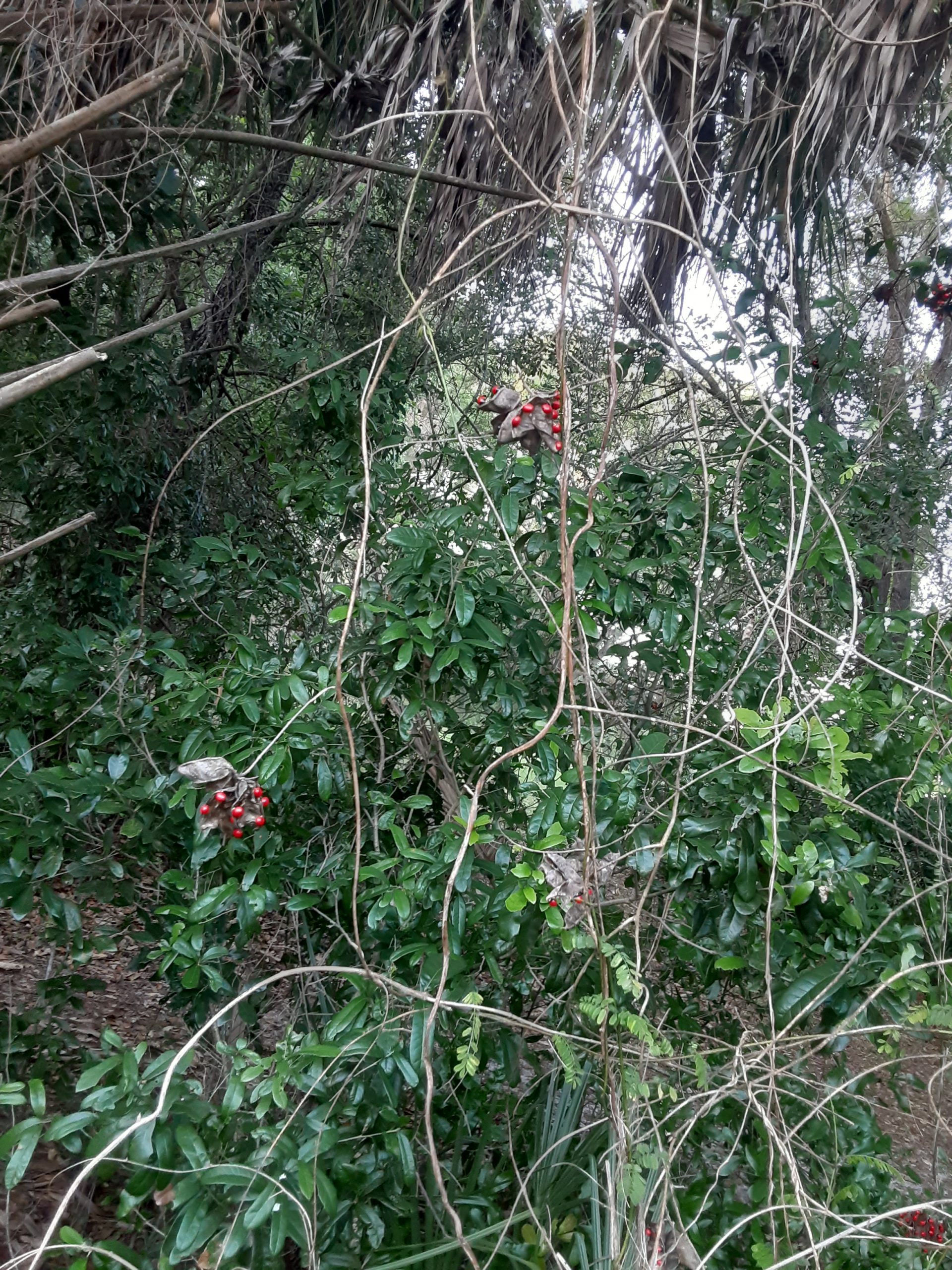Two Minds are Better Than One
My best friend was the one who first introduced me to the idea of learning lessons about God, life and truth from nature. I know, I’ve already made some of you uneasy. Frankly, I was uneasy. I had long since learned about people like Thoreau or Joseph Smith who surrounded themselves with nature in search of enlightenment, only to get lost in the jungles of their minds, following paths that have at time merely mislead and, at others, wrought great destruction.
So, because I trust my friend implicitly, I expressed my unease. And she explained her perspective. Knowing who she was talking to, she started with the Bible, in the places where it says “the attributes of God are clearly seen in the things which have been made”, to the psalms which speak of dancing hills and singing trees, and to the power of the Holy Spirit. She explained that she was careful to look around with eyes to see God, and she never takes it far, “keeping it simple to keep it pure”, as it were.
To be frank, I was unmoved, though the lessons she’d gleaned spoke to my heart. However, I was willing to think more on it, and she recommended a book to me; “Hind’s feet in High Places” by Hannah Hurnard. This would be the second allegory she’d recommended to me in as many months, but I didn’t know it at the time. All I knew was that the story was wrapped around similarly gleaned gems of truth metaphorically mined from nature.
Then I read it. I wept all the way through for the sweetness of it. At the very end, the author told the story of how she came to write the story, and admittedly I again felt the unease that perhaps things were taken too far, but the story itself was a treasure chest of simple truths and meaningful encouragement. If you haven’t read the story, you should.
Review is the Key to Learning
Since then, I’ve paid more attention to nature. I don’t expect to experience sudden enlightenment, nor a radical shift in worldview, nor even answers I didn’t have before. Instead, I find that nature has a way of reminding me of truths I’ve learned in the Bible and in life.

The other day was like this. I needed refreshment, and I went walking by the lake and through the forest to that end. I wandered to a part of the park I’d never seen before, which is my favorite way to go walking, and happily stumbled upon an area that seemed well tended but largely ignored. The trees grew in small clumps with cut grass and low-lying weeds. This created easy paths leading deeper in and the illusion of endless depths for exploration. Around those trees were wrapped dead vines with bright red seeds nestled in large pods, ripped open at the seams. I have a handy-dandy app which informed me that this was a plant named Abrus precatorius, also known as Jequirity Bean or Rosary Pea. Don’t let those names fool you though, the seeds are quite deadly if consumed. A little more research also informed me that this plant is a perennial. It is happy in warm climates and extremely invasive, due in part to the toughness of the seeds, the plant’s hardiness, and its ability to grow new plants from its sturdy roots as well as it’s seeds.
Maybe you don’t get as excited about exotic plants as I do, so I’ll keep the rest to myself, but here’s the point: That seemingly dead plant hanging limply against the proud oak wasn’t dead at all. It was patiently spreading itself out, awaiting the opportune time, casting its seeds about by wind and wing, creeping through the earth to take root in a new place, everything preparing in ready anticipation of the coming summer and the appearance of leaf and flower on old and new plants alike. By this plant, I was gently chastised.
For, on that day I had felt sad, lost, and forgotten by God, if you can imagine. I was focused on the skinny brown vines, could not fathom the meaning in the bright red seeds, didn’t bother to go hunting along the ground for new growth. It may be winter now, but the spring will come, according to the will and timing of He who sends the sun and rain, who provides the growth. That’s the lesson I relearned by the Abrus precatorius.

Keeping it Simple to Keep it Pure
To my mind, this is what it means to “learn from nature”. To see nature as it is, as it was created, and understand how the world works, who God is, and how I should relate to Him. So, let me ask you; have you ever looked at nature and seen in it the mind of God, the supplemental material to the textbook which is His Word? Have you ever heard the slapping of the waves and learned a song of God’s power? What about the birdsong, fresh each morning? If you don’t know the Maker of the Earth, you can meet Him through His creation. And if you already know Him, don’t be afraid to learn more.







Pingback: Lessons from Nature: The Snake’s Name and a Song of Praise – Trust me, I write…